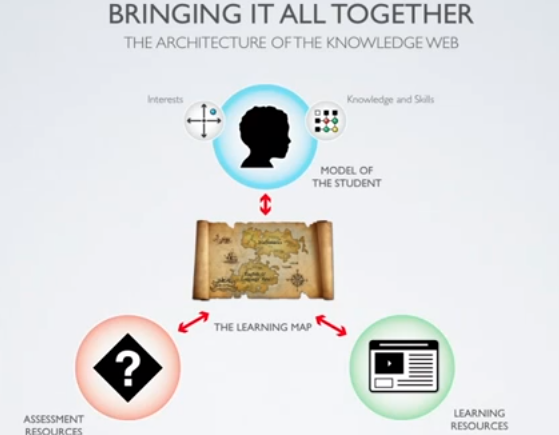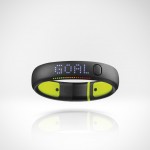Competency based curriculums are on the rise in higher education. By decoupling the learning outcomes that a student must achieve from the class schedule, it is thought that universities might more efficiently use their resources while also providing students the convenience of a flexible schedule. Yet, I’m my experience the technology that might support such a radical change is lacking — particularly technologies that support the assessment of student learning.
Assessment is crucial in competency based programs because, absent the time structure of a face to face class, two things must be present. First, the program structure must be clearly planned in advance, and students must have a way to progress when they have achieved competence in a particular learning goal. Second, there must be a way to assess a student’s achievement of a particular competency and also to report that success to some sort of accrediting system (like the student system for grades).
While there are systems that do all of these tasks, there is not a standard language that each can use to communicate. There currently is no way for learning management systems to understand the competency structures of one another, or for automated progression through competencies, our for the grading of the competencies to be meaningfully tracked (meaning, the systems largely do not provide data beyond whether a student passed an assignment — data that could be used to improve student learning outcomes).
I was very interested to see that a standard may be emerging to fill this very gap of a standard for assessment data. IMS Global, a consortium focusing on learning technology standards recently announced their “Caliper” framework for “learning analytics interoperability.”
The issue of growing concern is that the collecting and sharing of data across disparate systems is a real challenge for faculty, administrators and IT leaders. The need for data sharing between applications, platforms and content is vital in order for institutions to evolve learning analytics to improve learner success.
Unfortunately, the details of the standard will not emerge until a demonstration in May, 2014.
One of the thought leaders on learning management systems, Michael Feldstein, sees Caliper as the “learning management operating system” (LMOS). He describes:
an LMOS service broker would have different adapters to accept data from different kinds of learning applications and pass that data to whatever other apps needed it. These adaptors would ideally be standards-based so that it would be easy to plug in new applications from different sources.
He then goes into describe in fairly technical detail how Caliper might solve some of the complexities of sharing data among systems that define their data in different ways.
…what Caliper adds to a triple structure. It adds a collection of ‘entities,’ or things, that all interoperating computers agree have certain properties. And that, my friends, is what makes time travel work. With both a grammar and a lexicon, learning applications can start talking to each other.
Both Feldstein and IMS Global give specific focus to how Caliper might solve the needs for learning analytics, but I agree that it might rise to the level of the organizing “operating system” of learning. While analytics offer a powerful way to use data to help instructors and students improve their learning, I hope that Caliper might help to bring what Feldstein calls “a more unified learning experience.”
I believe students, instructors, and administrators all have needs for connecting the data from the various systems that they use to teach and learn — especially for assessment or certification. Instructors might appreciate the ability to use the tools that fit their teaching needs, students appreciate the convenience of a unified experience, and administrators might have a single source of data for institutional improvement and accreditation.



